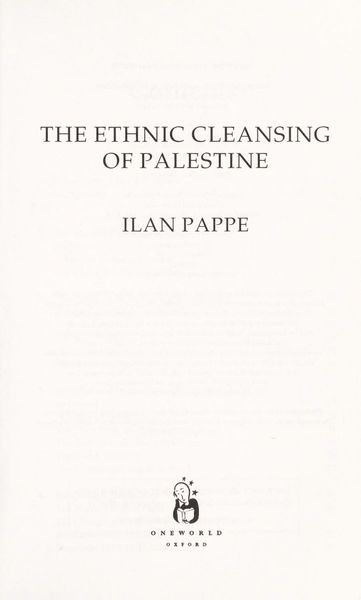
Reviews
Eleanor @purpletaeeee
Azrael Montana@azrael
Elou@h0jia
Alexis Romero@worrisomelover
CJ@c4ryll
Kris Felger@krisreads138
Sam@givemenothing
Highlights
nhu ⋆𐙚₊˚⊹@nhuelle
Page 261
nhu ⋆𐙚₊˚⊹@nhuelle
Page 258
nhu ⋆𐙚₊˚⊹@nhuelle
Page 228
nhu ⋆𐙚₊˚⊹@nhuelle
Page 218
nhu ⋆𐙚₊˚⊹@nhuelle
Page 189
nhu ⋆𐙚₊˚⊹@nhuelle
Page 182
nhu ⋆𐙚₊˚⊹@nhuelle
Page 154
nhu ⋆𐙚₊˚⊹@nhuelle
Page 118
nhu ⋆𐙚₊˚⊹@nhuelle
Page 106
nhu ⋆𐙚₊˚⊹@nhuelle
Page 79
nhu ⋆𐙚₊˚⊹@nhuelle
Page 77
nhu ⋆𐙚₊˚⊹@nhuelle
Page 46
nhu ⋆𐙚₊˚⊹@nhuelle
Page 9
nhu ⋆𐙚₊˚⊹@nhuelle
Page 57
nhu ⋆𐙚₊˚⊹@nhuelle
Page 76
nhu ⋆𐙚₊˚⊹@nhuelle
Page 162
nhu ⋆𐙚₊˚⊹@nhuelle
Page 227
Sophia @phiabia
Page 11
Sophia @phiabia
Page 9
Sophia @phiabia
Page 3
Sophia @phiabia
Page 0